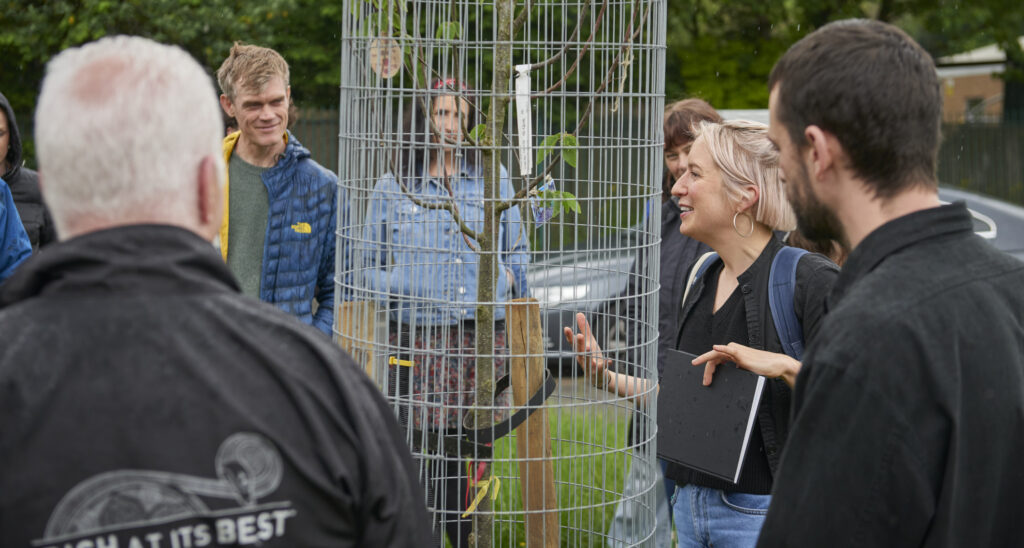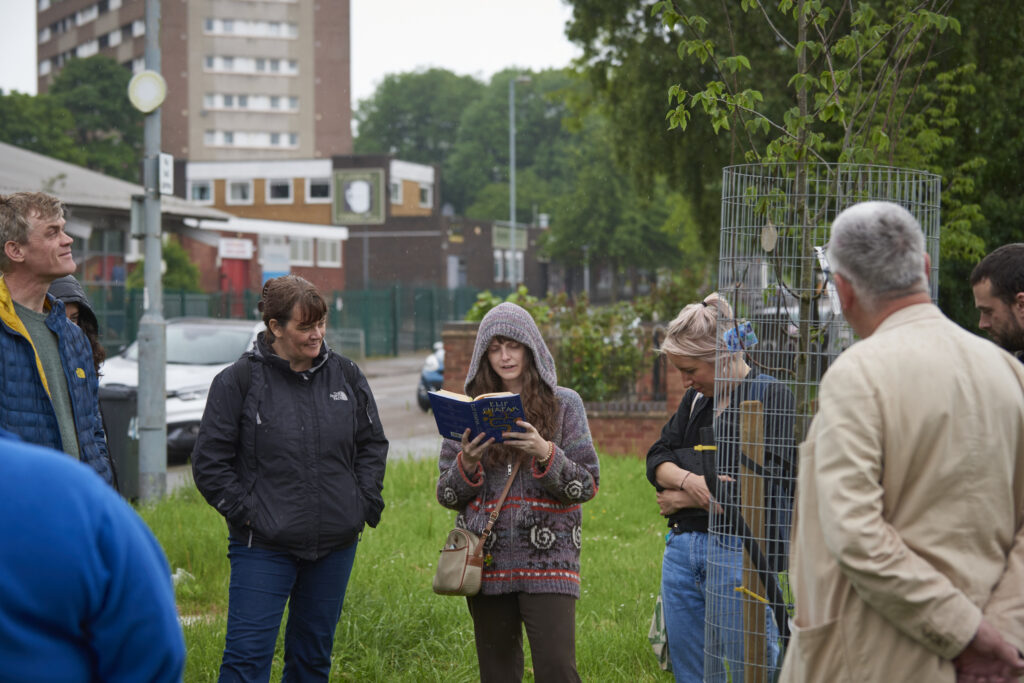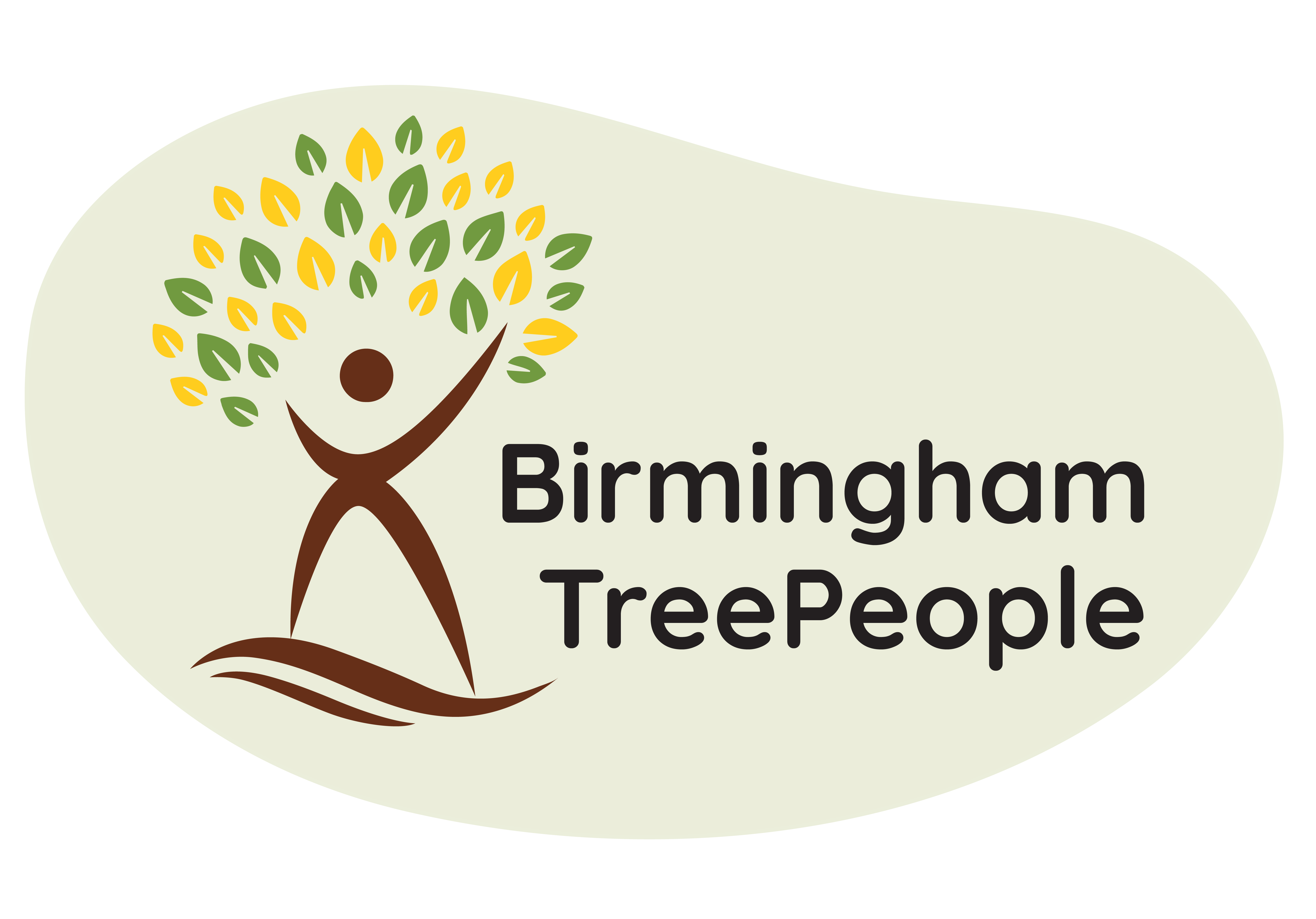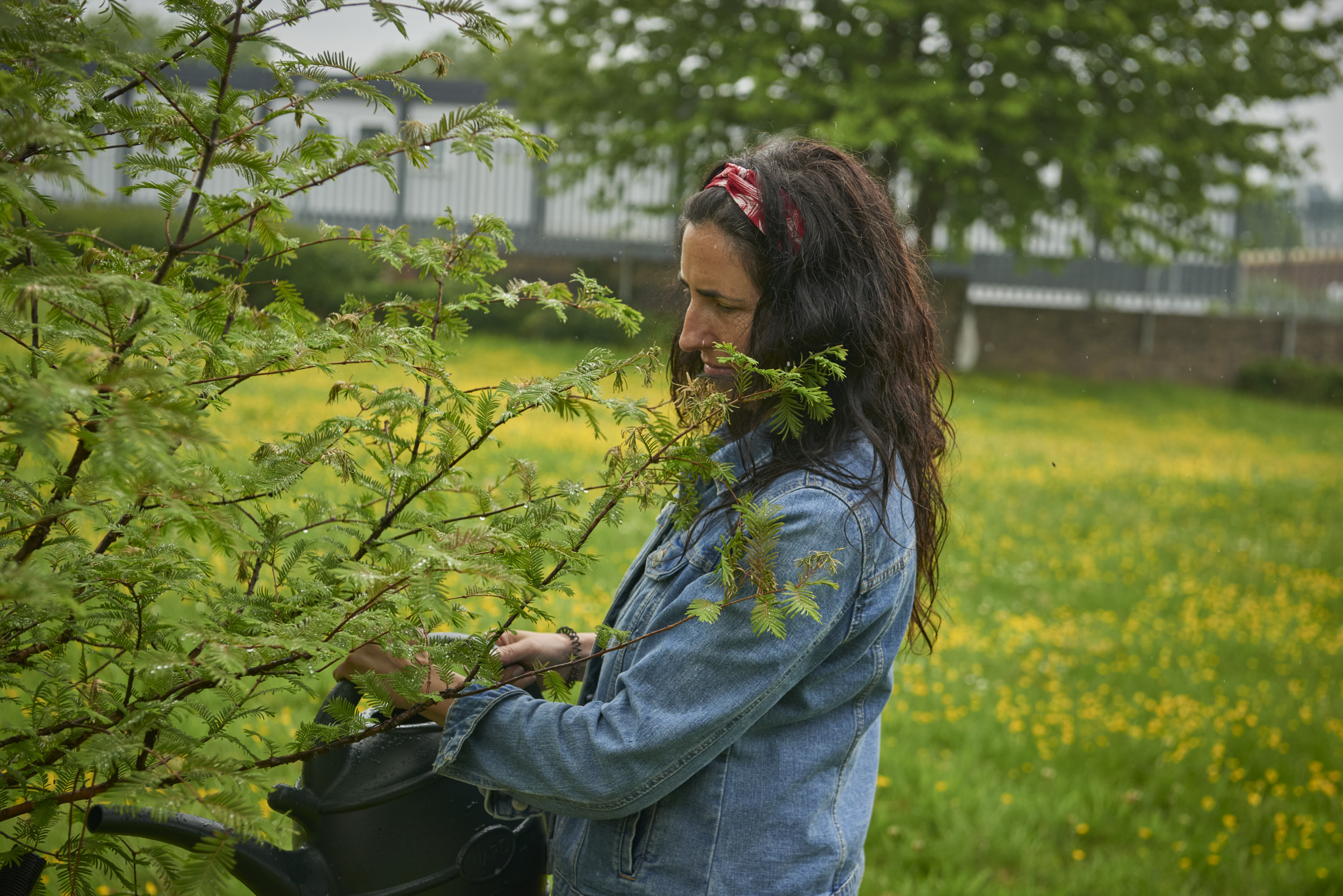The Urban Forest Accelerator is a partnership project focusing on the urban forest. National Trust, Woodland Trust, and Community Forest Trust currently support a range of Councils and diverse communities with significant urban green estates, with high potential to increase trees and woods that enhance existing heritage and create new urban landscape with cultural value.
The project was designed to respond to Council and communal needs, by improving urban green-space through the encouragement of tree planting, communications, and community engagement. This work has amalgamated into a toolkit produced from the case study work undertaken across the country.
Birmingham TreePeople, alongside Birmingham City Council, have been the propagators of this programme within the City of Birmingham, using the city as a preliminary case study that coincides with the implementation of the Urban Forest Master Plan, another project focusing on the increase of ward-level canopy cover to improve the health and well-being of residents.

We can’t have trees without people, or people without trees…
Due to the Urban Forest Accelerator’s focus on community and residential involvement, Heritage Fund provided the finances for the project, and for BTP to garner to employees to enact Communications and Engagement, something rare for a charity to obtain. Since the posts have been filled, work began diligently and delicately establishing bonds in priority wards with low canopy cover, working with friends and residential groups, officers, and green champions to bring the community together and raise the awareness and benefits of trees before the planting season. Leading us to diversely well-attended local tree walk events in partnership with groups, such as Nechells POD and Friends of Hodge Hill Common.
Urban Forest Accelerator Toolkit
“Ideas and insights for equitably expanding your urban forest”
Developed by the Community Forest Trust, National Trust and Woodland Trust, based on the work undertaken by Birmingham TreePeople, this practical guide builds on the pioneering work and successes of urban local authorities and England’s Community Forests. This toolkit is based on a two-year project to trial ways to expand Birmingham’s urban forest, with input from across the urban forestry sector. It offers support for the early steps, and aims to enable the change we need at scale.
If you’re a local authority decision-maker, officer or manager, work for an environmental organisation or volunteer in your local community, this toolkit is for you. It is designed to help you consider how to increase tree canopy cover in your town or city, and how to do this equitably by ensuring that all residents have access to the benefits of trees. Here you can explore Birmingham City Council and BTP’s case study work, in partnership with CFT, NT, and WT.
How can this toolkit help me?
Knowing how to increase tree canopy cover, in the right way, in the areas where it’s most needed requires a long-term strategic approach. One that’s shaped around your unique set of budget, capacity and service demands. Whether it’s mandatory housing targets or Local Nature Recovery Strategies, trees need to be considered carefully to deliver on their full potential.
This toolkit will help you identify your local authority’s challenges, understand what steps to take and provide the tools and support to start taking action.
What is an urban forest?
An urban forest is a collective term for the trees in our towns and cities. This includes all woody plant vegetation from the town and city centres to urban fringes. From mature networks in woodlands to shrubs in gardens and schools. Together this green infrastructure plays an integral role in the urban forest ecosystem we’re all part of.
Urban areas are a complex mix of land-uses where space is at a premium. Average urban canopy cover in the UK is around 17%, but limitations on space and budgets mean that planning, establishing, managing and expanding our urban forests is a complex challenge.
Where there is challenge, there is also opportunity. We can help shape the future of sustainable forest management through stronger collaborations – engaging communities locally so they become part of the bigger urban forest solution.
Why are urban forests important?
Trees and people are inextricably connected. Our urban forests provide real, measurable social, economic and environmental benefits like keeping our towns and cities cool as the world gets hotter, lowering pollution, improving our wellbeing and growing the green economy.
Our challenge is not just to manage more trees to maturity where they can deliver more of these benefits. It’s also making sure they’re distributed equitably so that communities everywhere enjoy their fair share of the benefits of trees.
We can use tree equity mapping tools to help create healthy, liveable and resilient towns and cities for everyone.
Downloadable Resources
Click on a title to download the document. To read more about each theme, click the relevant title.
Case Study – creating equitable urban tree strategies
Creating Stronger Partnerships: A Guide for Local Authorities.pdf
Funding and Income Matrix Template.xlsx
Local Authority Partnership Toolkit.xlsx
Plymouth’s Community Forest – A plan for place-based funding and engagement.pdf
Urban Forestry Policy Review.pdf
In conversation with: skills and training profiles (click to open new window)
Case Study – Community building for urban forests.pdf
Case study – Recruitment at Manchester City of Trees
How to Plant Large Trees – A guide for community groups
In Conversation With – skills and training profiles
Memorandum of Understanding.docx
Engaging Urban Forest Communities: A Database of tools and best practice
Case Study – making decisions for tree equity.pdf
Community Tree Guide – grow your planting project in four easy steps.pdf
Tree Planting Opportunity Mapping – for the wards of Nechells and Alum Rock.pdf
Birmingham’s Urban Forest 2051 – Economic valuation for baseline and growth scenarios

The Urban Forest Accelerator project is funded by the Trees Call to Action Fund. The fund was developed by Defra in partnership with the Forestry Commission and is being delivered by the Heritage Fund. Toolkit webite can be found here.










